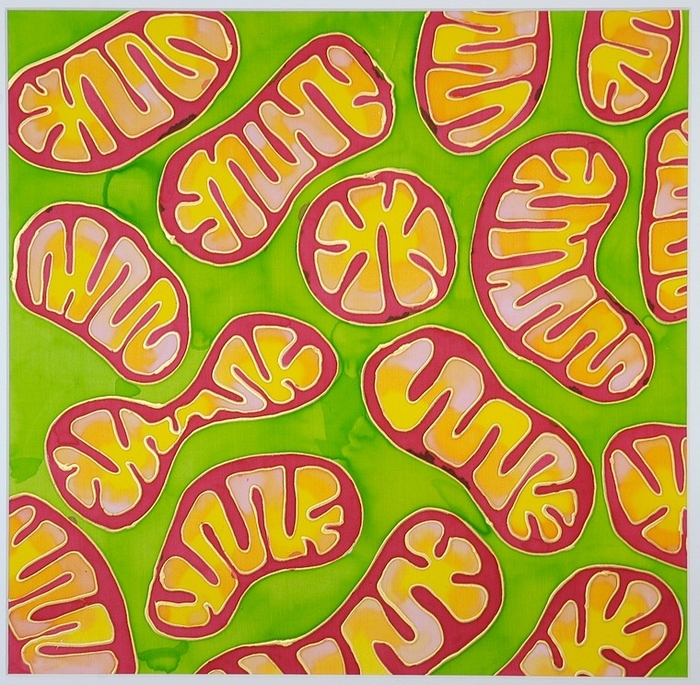A new fruit fly model of Leigh syndrome reveals the importance of mtDNA variation.
Inherited mitochondrial disorders pose a perplexing problem to researchers and clinicians: people with the same condition can have vastly different clinical manifestations, even if they share the same mutation. For example, a neurodegenerative disorder called Leigh syndrome, which can be caused by many different mutations in genes encoding mitochondrial proteins, is usually first noticed in infancy and causes death within a couple years. Some affected individuals, however, don’t experience any apparent problems related to the mutations until they’re teens or adults.
Researchers Carin Loewen and Barry Ganetzky recently reported in GENETICS that they identified a fly strain exhibiting a Leigh syndrome-like phenotype, including mitochondrial abnormalities, decreased lifespan, and neurodegeneration. They found that the flies had a mutation in the gene ND23, an ortholog of a human gene (NDUFS8) that is mutated in some cases of Leigh syndrome. The gene encodes a core subunit of mitochondrial complex 1, part of the cellular machinery that makes energy.
In characterizing the ND23-mutant flies, Loewen and Ganetzky found that a maternally inherited factor mediated the severity of the Leigh syndrome-like phenotype. The pair hypothesized that the factor was a variant encoded in the mitochondrial genome because mitochondria are inherited only from the mother. In support of this hypothesis, they showed that the onset of the Leigh syndrome-like phenotype could be modified by mitochondria from different fly strains. By sequencing all the protein- and tRNA-coding genes in the mitochondrial genomes of these various strains, Loewen and Ganetzky determined that the mitochondrial genomes of strains in which the ND23-mutant phenotype was delayed shared polymorphisms that were not seen in the mitochondrial genomes of strains with earlier disease onset. None of these polymorphisms had any effect on flies in the absence of the ND23 nuclear mutation, showing how otherwise benign mitochondrial backgrounds can interact with mutations in nuclear genes to mediate the severity of mitochondrial disorders.
Not only did this work provide evidence for one explanation of the tremendous phenotypic variation observed in mitochondrial disorders, it also introduced a new model system for studying Leigh syndrome and its phenotypic variability. Although the prognosis varies, it is uniformly poor, and there is no cure—so further research on Leigh syndrome is desperately needed.
CITATION:
Mito-Nuclear Interactions Affecting Lifespan and Neurodegeneration in a Drosophila Model of Leigh Syndrome
Carin A. Loewen, Barry Ganetzky
Genetics 2018 208: 1535-1552; https://doi.org/10.1534/genetics.118.300818
http://www.genetics.org/content/208/4/1535































